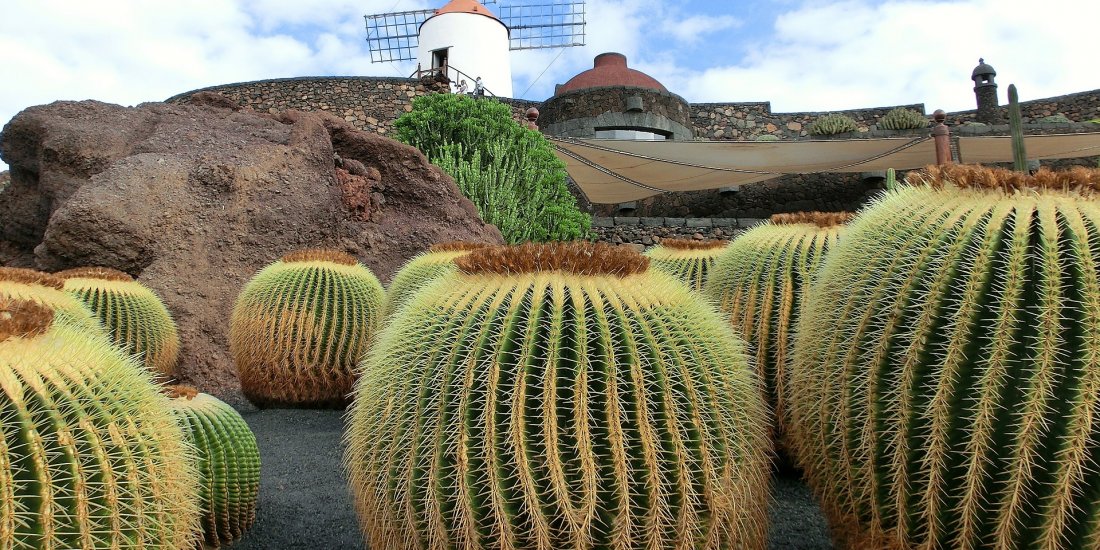Lanzarote: Land of Caves, Craters and Cactus

This hugely popular destination located in the Canary Islands is a beautiful Spanish island, surrounded by the Atlantic Ocean.
Believed to be the first Canary Island to become inhabited, today, it provides a very pleasant home to not only about 100,000 Spaniards, but a number of other nationalities who have been drawn to the land of caves, craters and cactus.
A brief history
Lanzarote is the fourth largest of the Canary Islands and was originally called Insula de Lanzarotus Marocelus, after the navigator largely credited with its discovery. It's now of course known by its shortened name of Lanzarote, derived from the original title. In the native language, the island was referred to as Titerro y Gatra, which translates into The Red Mountains. Although credit is given to the geology which has a volcanic origin, visitors should not worry about the threat of an eruption, as the greatest recorded eruption was way back in the 1730's. The volcanic origins have created the landscape that attracts so many people today. It has diverse range flora and fauna, including cactus plus numerous caves and craters that have been formed over thousands of years.
Popular attractions
Lanzarote holidays provide for a great chance to relax and take in the sunshine, with a welcome breeze coming in off the Atlantic Ocean. There are also a number of popular attractions that are well worth visiting while you are on the island.
Timanfaya National Park
This part of the island is now a national park and is home to the Montanas del Fuego, which are basically translated as The Fire Mountains, having been created from the devastating volcanic eruptions that occurred between 1730 and 1736. The area appears almost the same as it did just after the eruptions and is probably the closest experience you could get of a Martian landscape without leaving earth! During your trip you should also try out the El Diablo restaurant, which serves traditional Canarian food but with a twist, as it is cooked on a cast iron grill, placed over a large hole in the ground and uses geothermal heat. Get there before 3pm to experience this unique cookery show. Also, take advantage of the guided tours around the park, because you are not allowed to walk freely around the volcanoes for fairly obvious reasons.
The Cactus Garden
An impressive array of over 1,000 different species of Cactus is on display against a spectacular backdrop made up of the dry volcanic landscape that surrounds it. There is also a restored windmill and an eclectic collection of metal sculptures that are sure to make this a visit that will inspire you and create many talking points.
The Cave of Los Verdes
Otherwise known as the Green Caves, they form part of the Atlantic Underground Cave System that was formed over 3,000 years ago, during the eruptions. The tunnel is over six kilometres long and is one of the longest volcanic tunnels in the world, although you can only explore the two kilometres that are open to the public. The caves were the preferred shelter for those who wanted to hide from marauding pirates, who frequently raided the island in the past. Although they are called the Green Caves, it is not because of their colour, but actually after a local family who had the surname of verde, which of course translates to green.
Lanzarote is not just an attractive holiday destination, it also has a rich history and unique landscape to explore, so make sure you plan a trip to the land of caves, craters and cacti.

Melissa Nash
Melissa is a travel consultant with a penchant for the Canary Islands. Her articles are usually found on travel blogs and magazines.

